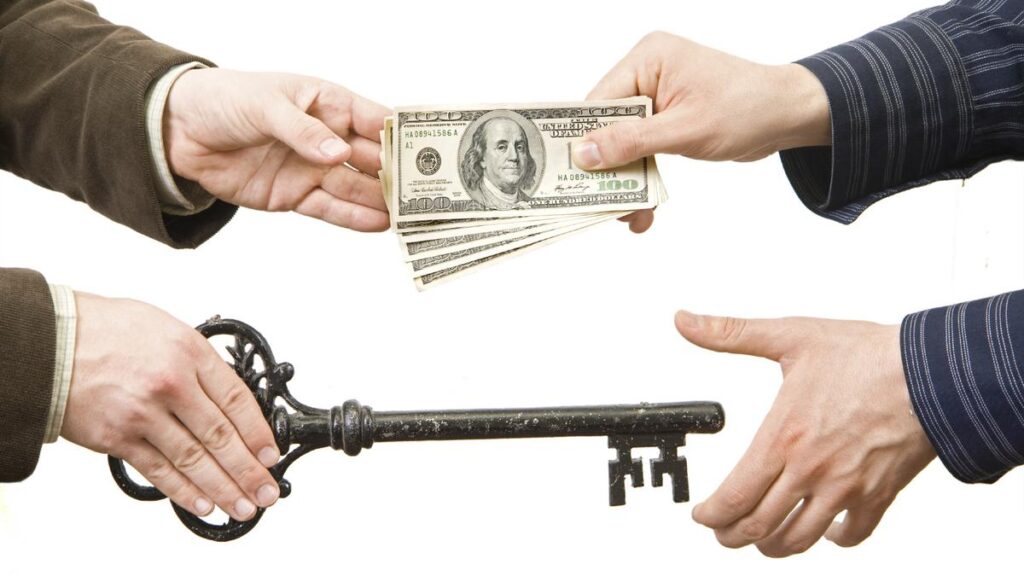Bad Cities for Homeowners Make Good Cities for Investors

One of the major strategies for investing is using a contrarian approach. When normal folk are running away from neighborhoods and communities wholesale investors enter the scene to scoop up bargains. Cities that the media and public are shunning may be golden to the experienced investor.
That’s why we were particularly interested when Cindy Perman of CNBC published her slideshow, “Cities You Don’t Want to Live In…Yet” last week. This is a ready-made list of communities where investors may be able to cash in on bargains.
A word of caution: study the neighborhoods and determine which other investors are buying and rehabbing. There’s no sense in paying pennies on the dollar for a home that is just going to be torn down and used as green space, or worse, left burnt out and neglected for years on end because no one can be found to rehab and rent it out. Cities like Detroit and Cleveland are beginning to blame wholesale investors for simply making their housing problems worse by driving prices down, buying up the bargains and then abandoning them for further decay.
Investors who do their homework and act responsibly are richly rewarded by finding incredible bargains in some of the nations hardest hit and most hopeless communities. Here’s a summary of the top 5 on the CNBC list:
Detroit, MI: Unemployment is still over 10% and home prices are still falling. High crime rates remain a problem in Detroit. On the positive side, the workforce is eager and the Mayor is wheeling and dealing to attract high tech businesses to “Outsource in Detroit.”
Flint, MI: Unemployment is around 12%, crime rate is one of the highest in the land, and Flint still suffers from GM’s decline. Real estate prices are still falling, but the area should be attractive to new businesses looking for a skilled and highly motivated workforce. This is a place for bargains, but it requires taking a risk to get them.
St. Louis, MO: Unemployment is over 10% and the crime rate is high. One can’t entirely forget that it sits on the New Madrid fault line and could suffer a devastating earthquake in the foreseeable future (as does Memphis.) St. Louis has going for it a great cultural, civic and sports base that makes it a “livable” city. Tax credits are available for businesses that want to develop projects downtown.
Cleveland, OH: On the negative side Cleveland suffers from an 8.5% unemployment rate, has seen home prices fall 20% since the peak, and has a high crime rate and weather that is nothing to write home about. It’s cultural, educational and health infrastructure, however, is very strong, and it is in the midst of a strong recovery. The Brookings Institution reports that Ohio is one of the strongest come-back states when it comes to economic recovery.
Birmingham, AL: With unemployment rate of 8.4 it has a ways to go to see economic recovery. It is struggling to shuck off its industrial image in a post-industrial age and to fight a high crime rate. On the good side Birmingham has competitive salaries and the cost of living is low. It has a solid educational and cultural infrastructure and many of the older neighborhoods are ripe for turnaround. The city is in the midst of a downtown revitalization and an effort to attract a variety of businesses in several economic sectors.
Other oft-disparaged cities included in this interesting CNBC report include: Jackson, MS; Little Rock, AR; Stockton, CA; Dayton, OH; Memphis, TN; New Haven, CT; Baltimore, MD; Milwaukee, WI; Springfield, MA; Buffalo, NY; Fresno, CA; New Orleans, LA; Indianapolis, IN; Chattanooga, TN; Oakland, CA. Pick your closest ugly duckling city and explore opportunities for your investing while the prices remain low and opportunities high.





